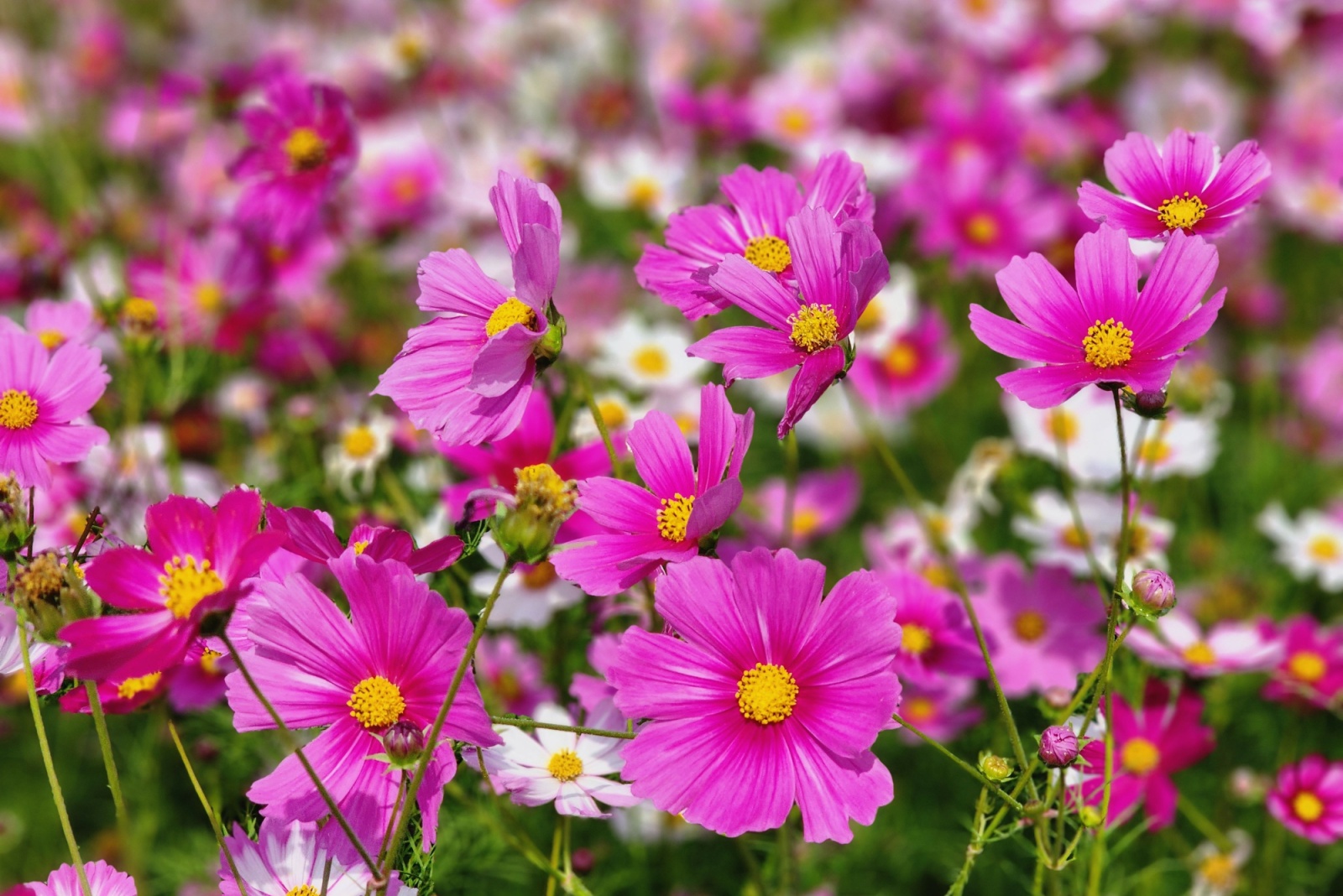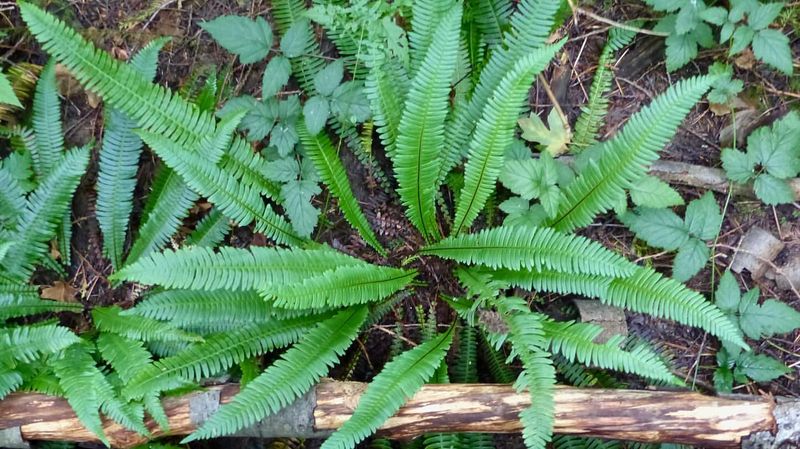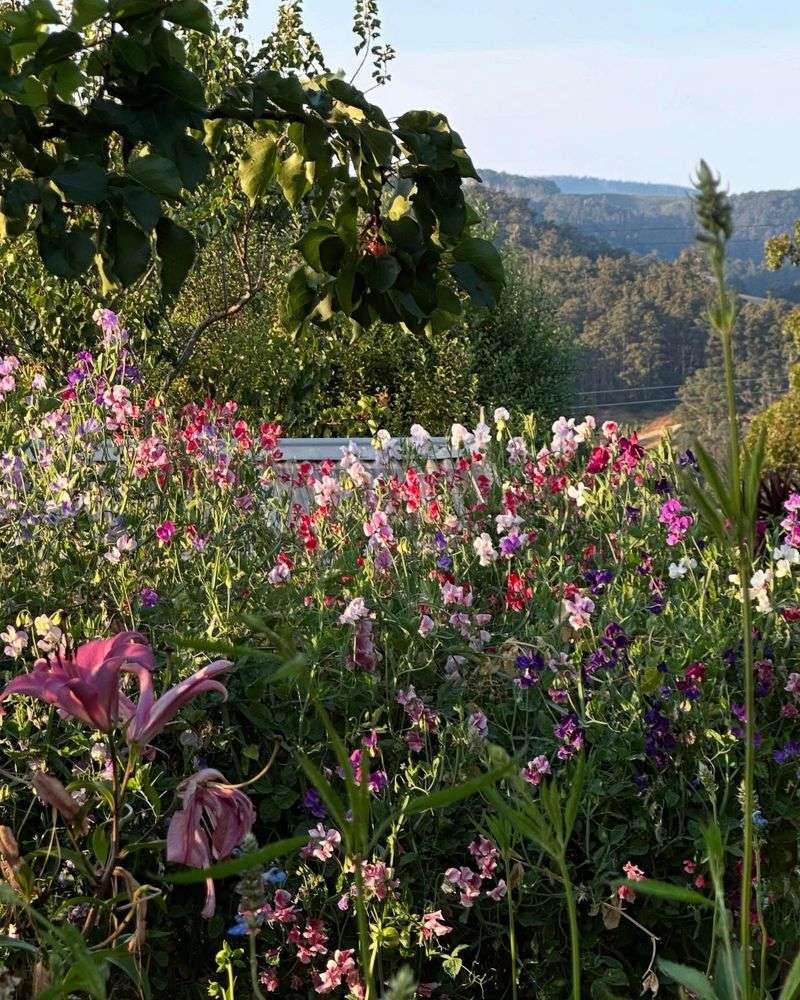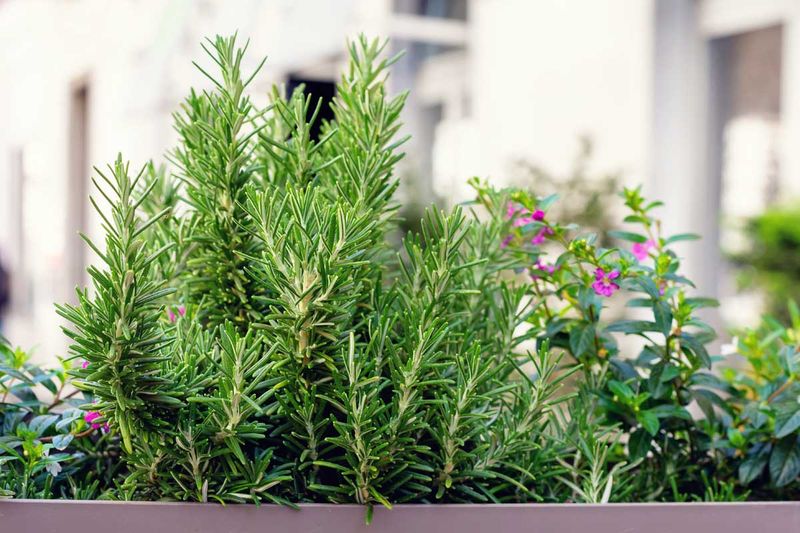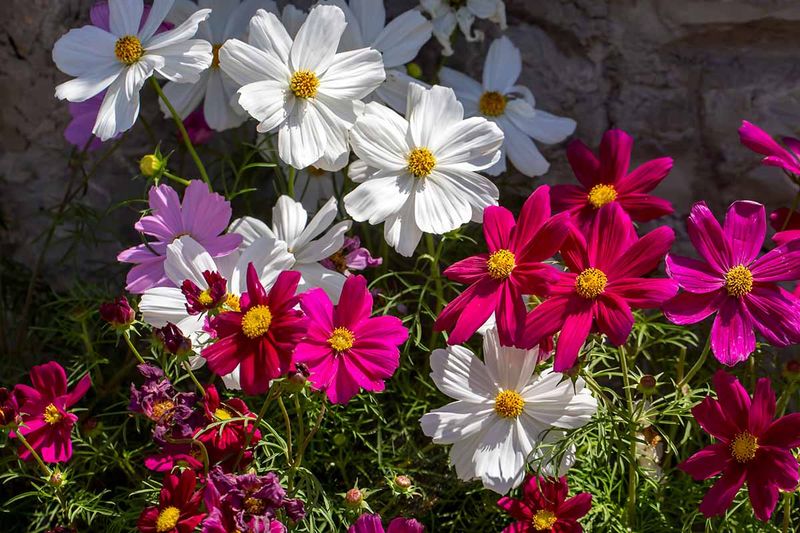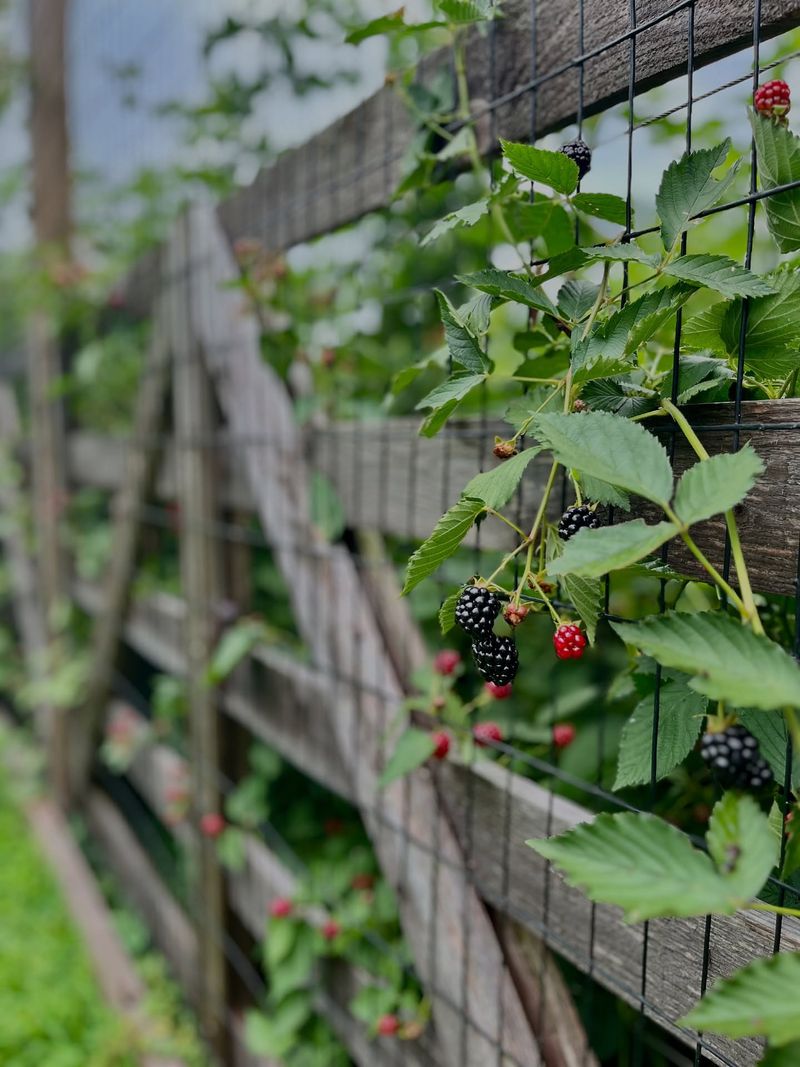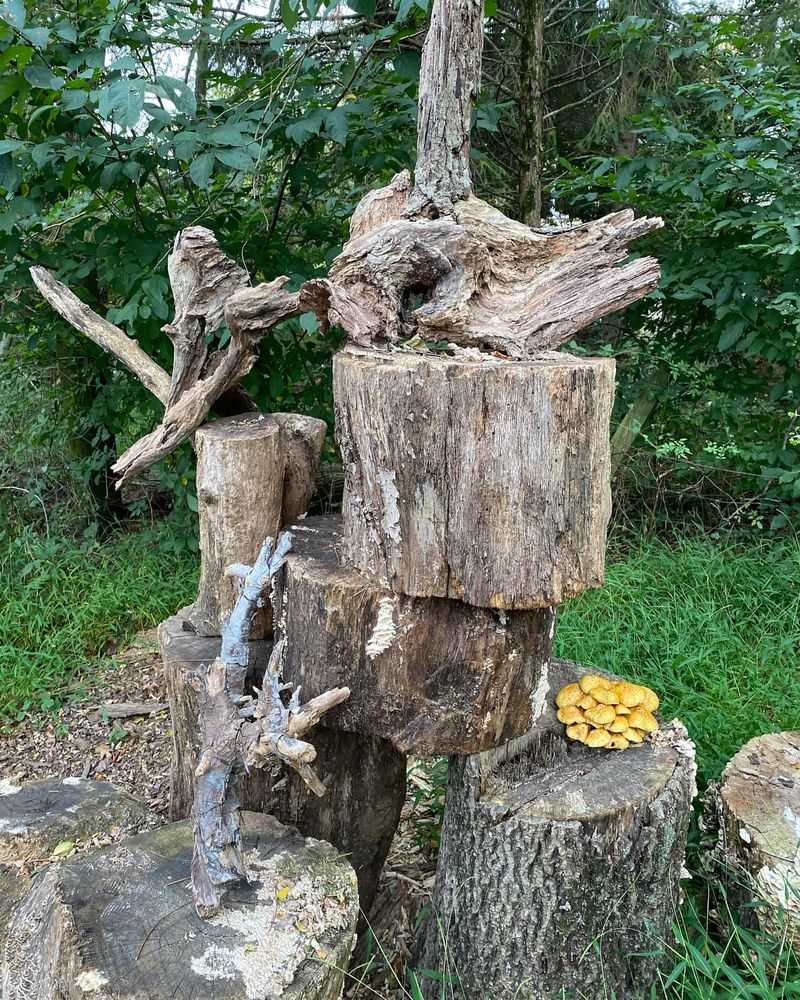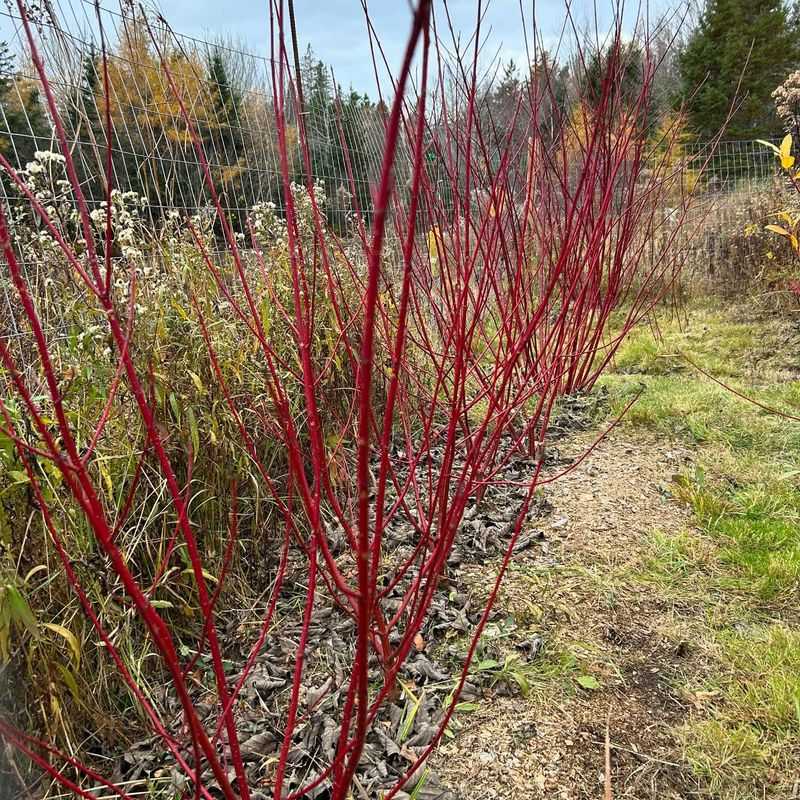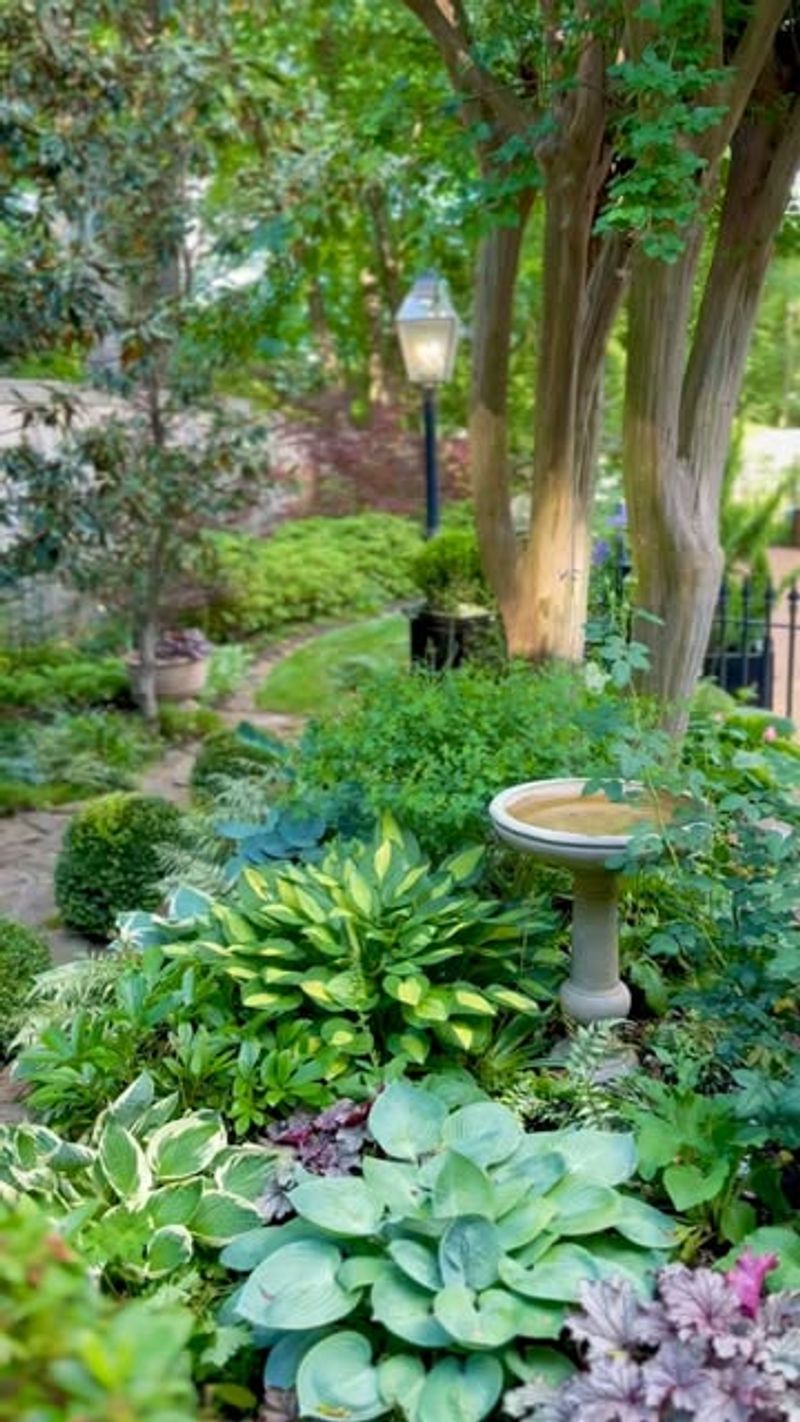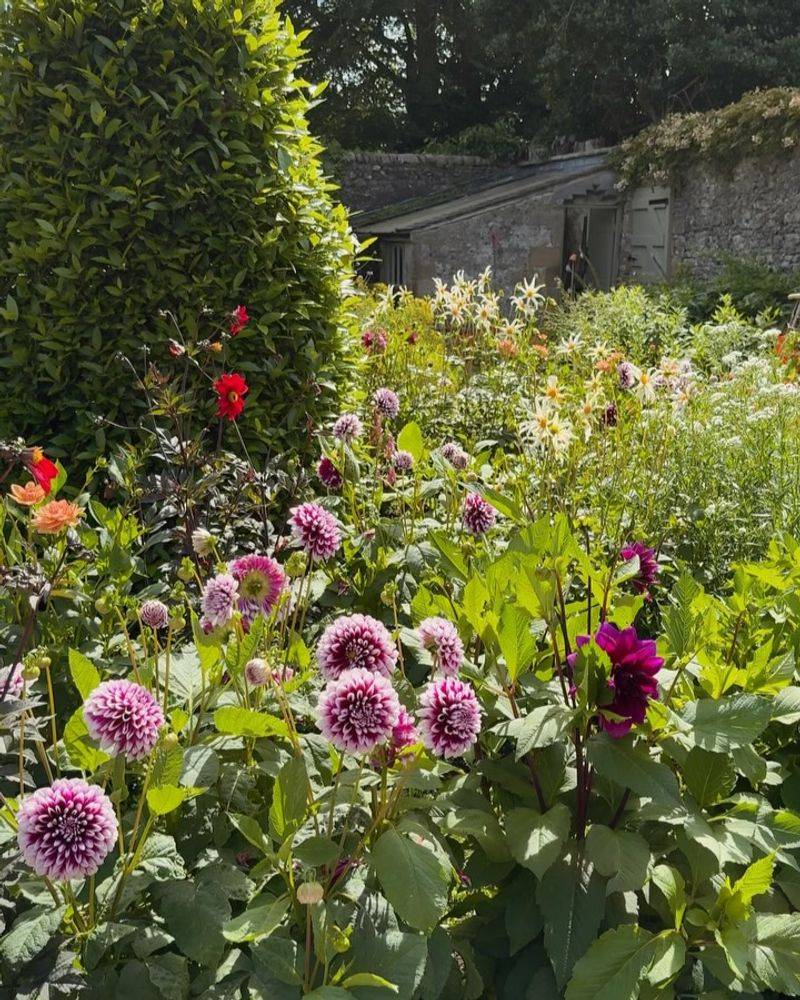Seattle gardeners understand that perfection isn’t always the goal. Those wild, overlooked corners—what I like to call “chaos zones”—can be surprisingly productive. They’re ideal for growing cut flowers and foliage with a touch of whimsy.
Thanks to our mild maritime climate and steady rainfall, these low-maintenance patches thrive with little fuss. Just scatter some seeds, let nature do its thing, and enjoy the seasonal beauty.
It’s gardening with a relaxed, creative spirit. I’ve seen bouquets come together from the most unexpected spots. Chaos zones bring charm, color, and a bit of wild magic—right from your backyard to your kitchen table.
1. Native Salal And Sword Fern Understory
Most Seattle gardens already have these northwest natives growing somewhere. Rather than fighting them, designate a shady corner where they can flourish naturally.
Sword fern fronds add dramatic structure to arrangements while salal’s glossy leaves provide the perfect greenery backdrop. Both last remarkably long in vases.
I’ve found these plants need almost zero maintenance once established, making them perfect for those neglected north-facing spots where other plants struggle.
2. Meadow Sweet Border
Along fence lines where mowing is awkward, plant a mix of meadowsweet, Queen Anne’s lace, and native grasses. This combination creates a beautiful transition zone between maintained lawn and boundary edges.
The frothy white flowers appear in succession throughout summer, providing constant cutting material. Seeds will naturally spread each year, filling in any gaps.
My neighbor thought I was crazy until she saw my kitchen table arrangements featuring these delicate blooms paired with garden roses.
3. Evergreen Herb Thicket
Rosemary, sage, and thyme planted densely create a drought-tolerant patch that serves double duty. The woody stems and varied foliage colors work beautifully in arrangements year-round.
Let these Mediterranean herbs grow somewhat wild rather than keeping them manicured. Older plants produce the most interesting twisted stems and textured growth patterns.
During winter when flowers are scarce, these herbs become the backbone of seasonal wreaths and tabletop decorations, bringing wonderful fragrance indoors.
4. Self-Seeding Annual Corner
Dedicate a sunny corner to bachelor’s buttons, cosmos, and California poppies. Once established, they’ll return year after year with minimal effort.
Simply scatter seeds in fall or early spring, then step back and let nature take over. The varying heights and colors create a painter’s palette of cutting options from late spring through fall.
Last summer, I stopped deadheading in August to allow seed production, and was rewarded with twice as many flowers this year without planting a single seed.
5. Ornamental Grass Collection
Grasses add movement and texture to both garden and bouquet. Plant a mix of sizes—from short blue fescue to tall miscanthus—in a hard-to-mow slope or corner.
The seedheads and plumes appear in late summer and persist through winter, providing cutting material long after flowers have faded. Many Seattle gardeners overlook grasses for arrangements.
Try cutting them at different stages—green in summer, golden in fall, and frosted in winter—for completely different effects in your arrangements.
6. Berry Cane Boundary
Seattle’s climate is perfect for cultivating blackberries and raspberries along property lines. While many gardeners fight these plants, strategic placement turns them into assets.
Beyond providing fruit, the arching canes with their distinctive leaves add dramatic lines to arrangements. In spring, the delicate white flowers work beautifully in bouquets.
A garden client initially wanted to remove all berry plants until I showed her how the young red-tinged leaves and canes transformed her spring table centerpieces.
7. Driftwood Stumpery Garden
Create a Pacific Northwest-inspired stumpery using driftwood or old logs as planting platforms for ferns, moss, and native woodland flowers like bleeding heart and trillium.
This approach honors Seattle’s forest heritage while providing unique textural elements for arrangements. The varied heights create natural microclimates.
My own stumpery sits in the darkest corner of my yard, yet provides cutting material year-round—from unfurling fern fiddleheads in spring to moss-covered branches for winter displays.
8. Four-Season Twig Corner
Red-twig dogwood, contorted hazel, and curly willow create year-round interest and provide branches for tall arrangements. Plant them in a far corner where their size won’t overwhelm other garden areas.
Seattle’s moist conditions help these plants thrive with minimal care. The unique stems stand out dramatically in winter gardens and arrangements alike.
After pruning my red-twig dogwood last February, I stuck several cuttings in vases where they rooted in water, giving me free plants to expand my collection.
9. Shade-Loving Foliage Bed
Hostas, heucheras, and Japanese forest grass create a tapestry of textures under trees where little else grows. Their varied leaf shapes and colors form the perfect foliage base for bouquets.
Unlike many cutting gardens that focus on flowers, this collection provides arrangement materials even in Seattle’s shadiest spots. The leaves often last longer in vases than flowers do.
I’ve found that removing a few outer leaves from established plants causes no harm and actually encourages fresh growth throughout the season.
10. Structured Chaos Hillside
Seattle’s many slopes can be transformed into productive cutting gardens using plants that thrive on neglect—lavender, echinacea, and rudbeckia work perfectly together.
The combination of gray foliage, purple blooms, and yellow daisies creates a cohesive look despite minimal organization. These plants establish strong root systems that help prevent erosion on hillsides.
My south-facing slope went from problematic to productive after planting this trio three years ago. Now I harvest armloads of flowers from July through October with almost no maintenance.

